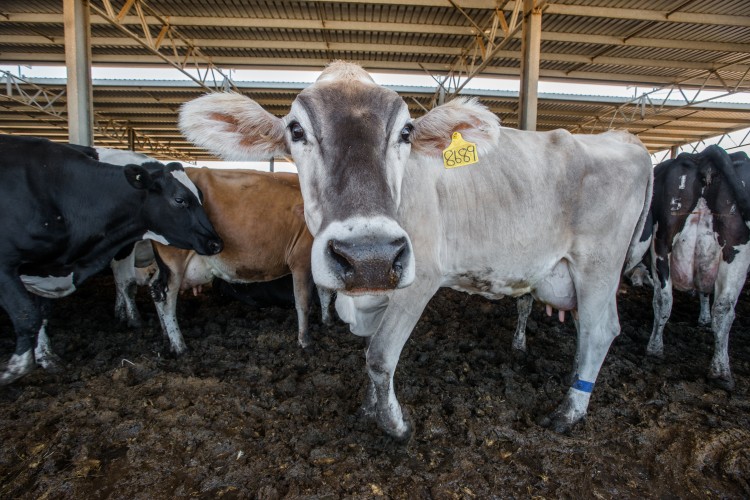The federal government should invest money into cultured meat research. For those unaware, cultured meat is grown from cells, without slaughtering animals. It will benefit human health, the environment, and animal welfare. Development of this revolutionary technology is too important — and too urgent — to leave to the private sector.
Dr. Mark Post created the first cultured beef hamburger in 2013. It cost a whopping $280,000. He thinks that price could soon be reduced to $10. Still, more research is required to make cultured meat economically viable.
The health benefits of this new form of protein are clear. Unlike slaughtered meat, which is processed in filthy abattoirs, cultured meat is produced in a sterile environment. It’s not pumped full of artificial growth hormones and unnecessary antibiotics. Of course, the latter helps create antibiotic resistance, which is a major problem.
“Scientific evidence demonstrates that overuse of antibiotics in animals can contribute to the emergence of antibiotic resistance,” said Dr. Kazuaki Miyagishima of the World Health Organization. “The volume of antibiotics used in animals is continuing to increase worldwide, driven by a growing demand for foods of animal origin, often produced through intensive animal husbandry.”
We’re currently living through a global crisis caused by a zoonotic virus known as COVID-19. In recent years, we’ve seen a number of diseases make the leap from animals to humans. You might know some of them as bird flu or swine flu. Cultured meat removes such risk from food production.

“Both farmed and caged wild animals create the perfect breeding ground for zoonotic diseases,” Liz Specht wrote for Wired. “Extraordinarily high population densities, prolonged heightened stress levels, poor sanitation, and unnatural diets create a veritable speed-dating event for viruses to rendezvous with a weakened human host and transcend the species barrier.”
The environmental benefits of cultured meat are also noteworthy. The greenhouse gas emissions, fresh water and land required to produce it are a tiny fraction of those necessary to raise livestock. Meanwhile, since cultured meat is produced in a closed system, there is no runoff of agricultural waste into rivers and oceans.
“Livestock are one of the most significant contributors to today’s most serious environmental problems,” said Henning Steinfeld of the United Nations’ Food and Agriculture Organization. “Urgent action is required to remedy the situation.”
Finally, the benefits to animal welfare derived from cultured meat should be obvious. There is no debeaking, forced molting or mechanized slaughter. There are no battery cages, gestation crates, or livestock trucks. All of these things could be relegated to a less kind, less enlightened past.
“The fate of farm animals is not an ethical side issue,” Yuval Noah Harar wrote in The Guardian. “It concerns the majority of Earth’s large creatures: tens of billions of sentient beings, each with a complex world of sensations and emotions, but which live and die on an industrial production line.”
The United States federal government can accomplish incredible things when it chooses. It helped defeat Nazism and put a man on the Moon. I have no doubt that with a comparatively small investment in cultured meat research, we could do amazing things for human health, the environment and animal welfare.
Featured image: a switch to cultured meat would save the lives of many animals. Image credit Jo-Anne McArthur / We Animals.





